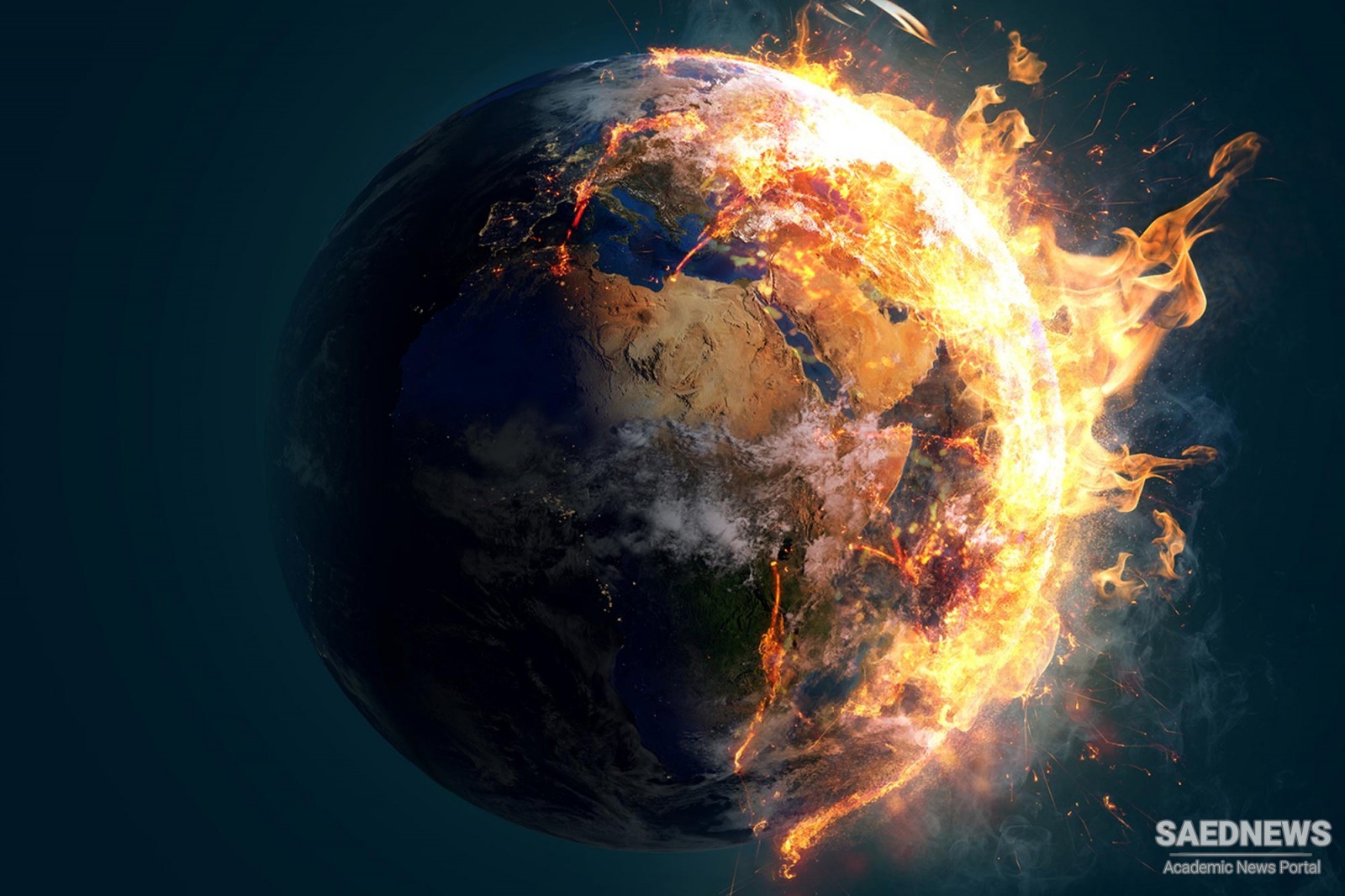In the year 2060, some young men and women will be approaching seventy; what will their world be like? Indeed, what will it be like during the seventy years or so of their normal life span? Many new things have happened in the last seventy years that could not have been predicted in the 1930s. The pace of change is such that even more novelty can be expected in the next seventy. It is fairly certain that the world will be even more crowded and more connected. Will the increasing scale of human activities affect the environment? In particular, will the world be warmer? How is its climate likely to change?
The 1980s and 1990s were unusually warm. Globally speaking, the decades have been the warmest since accurate records began somewhat over a hundred years ago and these unusually warm years are continuing into the twenty-first century. In terms of global average near-surface air temperature, the year 1998 was the warmest in the instrumental record and the nine warmest years in that record have occurred since 1990.
The period has also been remarkable (just how remarkable will be considered later) for the frequency and intensity of extremes of weather and climate. For example, periods of unusually strong winds have been experienced in western Europe. During the early hours of the morning of 16 October 1987, over fifteen million trees were blown down in southeast England and the London area. The storm also hit Northern France, Belgium and The Netherlands with ferocious intensity; it turned out to be the worst storm experienced in the area since 1703. Storm-force winds of similar or even greater intensity but covering a greater area of western Europe have struck since – on four occasions in 1990 and three occasions in December 1999.
But those storms in Europe were mild by comparison with the much more intense and damaging storms other parts of the world have experienced during these years. About eighty hurricanes and typhoons – other names for tropical cyclones – occur around the tropical oceans each year. familiar enough to be given names. Hurricane Gilbert that caused devastation on the island of Jamaica and the coast of Mexico in 1988, Typhoon Mireille that hit Japan in 1991, Hurricane Andrew that caused a great deal of damage in Florida and other regions of the southern United States in 1992 and Hurricane Mitch that caused great devastation in Honduras and other countries of central America in 1998 are notable recent examples. Low-lying areas such as Bangladesh are particularly vulnerable to the storm surges associated with tropical cyclones; the combined effect of intensely low atmospheric pressure, extremely strong winds and high tides causes a surge of water which can reach far inland. In one of the worst such disasters in the twentieth century over 250 000 people were drowned in Bangladesh in 1970. The people of that country experienced another storm of similar proportions in 1999 as did the neighbouring Indian state of Orissa also in 1999, and smaller surges are a regular occurrence in that region.


 A Threat Far Bigger Than Global Warming: Massive Food Shortages
A Threat Far Bigger Than Global Warming: Massive Food Shortages














































